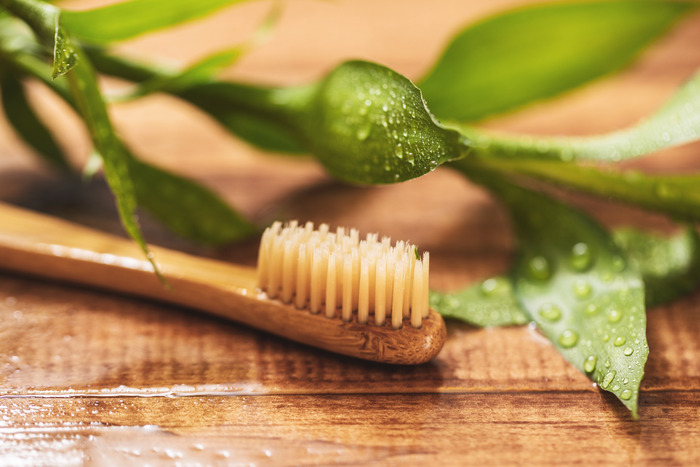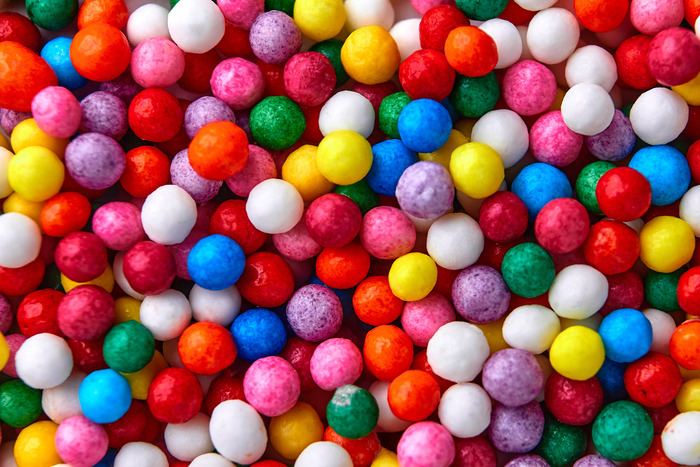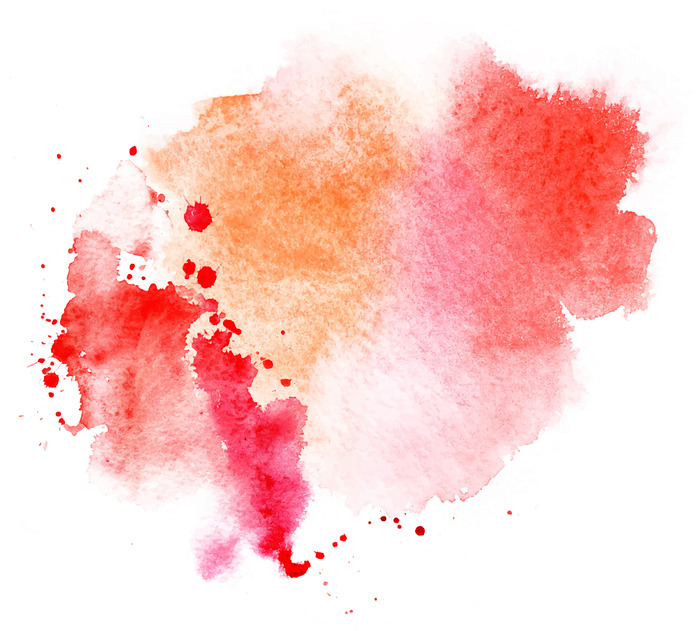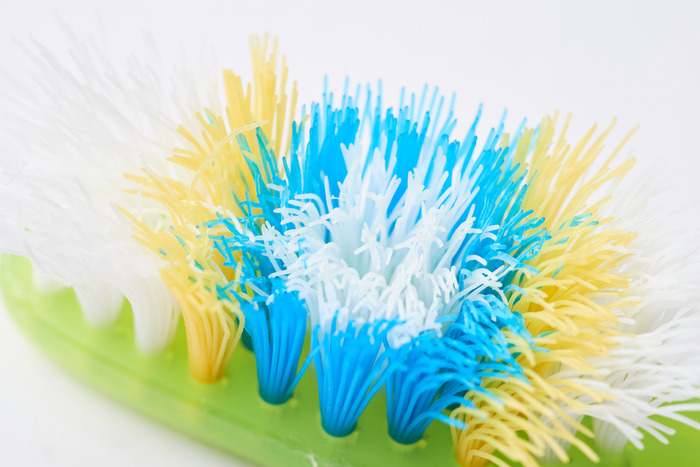
Things Your Toothbrush May Be Trying To Tell You
Believe it or not, the type of toothbrush that a person uses can give us a degree of insight about their personality. Electric toothbrush? This person wants to maximize the amount of cleaning that can be done with minimal effort. Ecological toothbrushes made with a wooden handle and bamboo bristles? This person cares a lot about the environment. Chewable toothbrush? This person may be a child or someone who travels. In addition to this, your toothbrush itself can tell you a great deal about your brushing habits and your dental health.
Most people brush their teeth in the morning and at night, twice a day. The recommended amount of time for brushing your teeth is 2 minutes per brush. Many electric toothbrushes are even set to run for 2 minutes and stop once they reach that point. Those minutes add up fast and really show over time your brushing habits. Have you been brushing too hard, not enough, focusing on certain areas and not others? Do you need to alter the amount of sugar that you consume? Read more to learn all of the ways in which your toothbrush is trying to communicate with you.

Bristles Have Strange Color After Brushing
You may notice that your toothbrush has a unique color after brushing, which can be a sign that you may need to consume less sugar. Sweets that are high in sugar often may have artificial colors and dyes, which can damage and stain the surfaces of your teeth. Residue from candy that is sticky may also stick to your teeth while not being visible. If you brush your teeth and the bristles resemble the color of Starburst or Sour Patch Kids, you may want to cut back on the sweets and drink more water. Cutting back on candy will help you prevent potential problems in the future such as tooth decay. Increasing your intake of water can also help wash away leftover food particles, including those from candy. Once the bristles of your toothbrush start to become clean after brushing, you will know that the changes that you made are working.

Bristles Are Tinted Red or Pink After Brushing
Are the bristles of your toothbrush tinted red or pink after brushing, but you haven’t been drinking any beverages or consuming any food that is red or pink in color? If so, there is a high probability that your gums may be bleeding or that they aren’t being given the proper attention. Bleeding gums can be a sign of gingivitis (https://www.mayoclinic.org/diseases-conditions/gingivitis/symptoms-causes/syc-20354453). If your gums appear swollen, puffy, red, or bleeding after brushing, your gums are not receiving the proper attention. Healthy gums will be light pink with no blood or pain after brushing normally. Gingivitis occurs when you aren’t brushing frequently enough, or if you are not flossing your teeth regularly. Flossing aids in releasing food particles that are stuck between the teeth. If these particles are not removed, bacteria will build in these areas and irritate the gum tissues in the infected area. If you have red or pink bristles after brushing, we recommend increasing the frequency with which you brush, make sure to brush with a proper technique, and make sure you floss every night to help keep your gums healthy!

Frayed Bristles After Brushing
If the bristles of your toothbrush start to become frayed after brushing and are all over the place, your toothbrush needs to be replaced. If you are using your toothbrush regularly, it should be replaced every few months. Specifically, the ADA suggests that every three to four months (90 days) a toothbrush should be replaced to prevent bacteria from building up on the bristles. The bristles of your toothbrush should remain stiff and straight for as long as possible. A good idea is to set yourself a reminder to check your toothbrush’s bristles every couple of months. Following the three month rule will go a long way toward ensuring that you have good oral hygiene.
Bristles Are Worn After a Few Weeks
Sometimes, your toothbrush may be trying not so subtly to tell you that you are brushing too aggressively. Brushing too hard will often cause toothbrushes to break down earlier than during the course of normal use. With frequent high pressure and force of bristles against your teeth, your bristles will be forced out of their natural position. These worn and bent bristles will not clean your teeth properly and may also irritate your gums. The damaged bristles may also be telling you that you aren’t using the correct brushing techniques. To properly brush your teeth, you should use slow circular motions. To brush your tongue, you should brush back and forth. If your bristles are easily worn, try making these changes and see if the outcome is any different.
Bristles Are Damp or Smell Prior to Use
If the bristles of your toothbrush are damp from the previous brush or have an odd odor, it is likely that your toothbrush is not being stored properly. We recommend that if you experience this, you get a replacement as soon as possible. Your toothbrush and bristles should be clean, dry, and stored in an upright position with the bristles facing up. It is a bad idea to put a toothbrush in any type of cap or plastic cover, as it may not dry properly, creating a perfect environment for bacteria. Also, if you have two toothbrushes in the same vicinity, you should try to prevent them from touching, as cross contamination between wet toothbrushes can be common.

If You Have Been Sick
It is a good idea to change your toothbrush! The germs that caused your sickness to begin with can remain on your toothbrush well after you are feeling better. If you do not dispose of your toothbrush that you used while you were sick, you could get sick again.
Learn More
If you have questions about the condition of your toothbrush and what it means in relation to your oral health, don’t hesitate to contact our office. We will be happy to schedule an appointment for you if necessary. Give us a call today at 812-234-5437!
